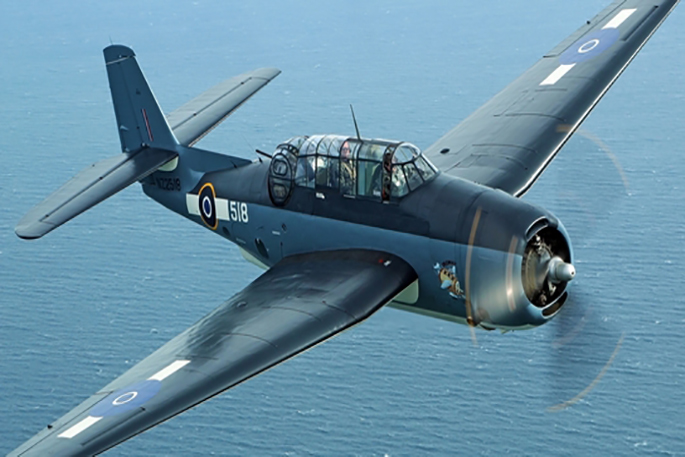Back to Panagaean Navy page
The Panagaean Navy had the two aircraft carriers in service and was learning all the time wargaming them against each other and every two to three years, against the US Pacific Fleet. From this the Navy had decided on what they thought would be the optimal size for an aircraft carrier and the number of aircraft aboard. One hangar or two hangar levels. Type of armament. Speed requirements. What was figured out was a vessel about midway between the Formidable and the Vindictive. (Having done the drawings, maybe just a tad bigger than both.) Being built at the same time as the Reliance class battleships, as many parts as possible were shared between them. Machinery, weapons, etc.
A small digression - making up the aircraft carriers can be quite difficult, especially the earlier ones, because there weren't very many to take inspiration and parts from. Even the later ones are not easy, as there is more of them but they are just bigger classes. The one above I have based on the Ark Royal.
The Sapphire class were designed as Admiral's rides. For Task Force Panagaea, a Vice Admiral would be in charge with his Flag at the top of the mast of the Sapphire or Emerald. The Rear Admiral or Commodore second in command would have his Flag in the other ship. The later Paladin class were all about numbers of aircraft carried and Air Commander duties to them.
The first duty for Task Force Panagaea was to clear the Aleutian Island chain of Japanese forces. The Japanese had pushed forces up into the Aleutian Islands then virtually abandoned them. The naval forces in the area were minimal, two small cruisers a few minesweepers and a couple of armed coaters that doubled as replenishment vessels. It was almost a fair fight. T.F. Panagaea had 3 CV's, 4 BB's, 1 BC, 3 CA's, 2 CL's and 12 DD's. Clearing out the Japanese naval forces and aircraft from the region was easily accomplished. This was the first time Panagaean Army forces had encountered the fanatical resistance of the Japanese Army. Despite having sea and air control and being able to call in shore bombardment strikes, and air strikes, the army found itself having to slog through piles of bodies to clear out each strong point. It took twice as long as the Force commanders had originally envisaged. A lesson that all of the Allied forces were being taught by the Japanese.
